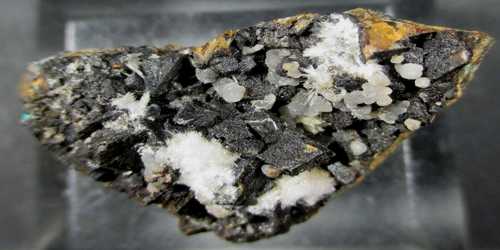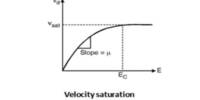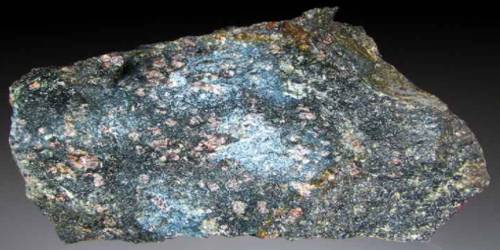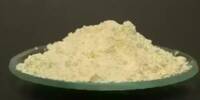Ahlfeldite, formula ((Ni,Co)[SeO3]·2H2O) is a mineral of secondary origin. It’s named after Friedrich Ahlfeld (1892–1982), a German-Bolivian mining engineer and geologist. Its type locality is Virgen de Surumi mine, Pakajake Canyon, Chayanta Province, Potosí Department, Bolivia.
General information
- Category: Selenite mineral
- Formula: (Ni,Co)SeO32H2O
- Crystal system: Monoclinic
- Crystal class: Prismatic (2/m)
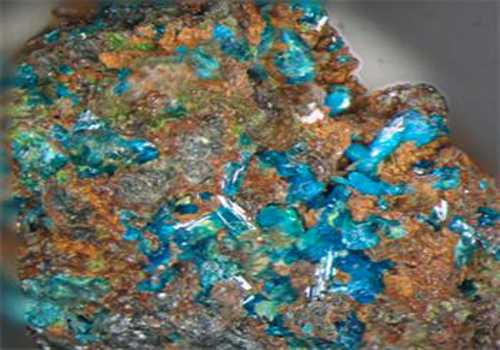
Identify Ahlfeldite
It can be identified in the field by its color variations, such as pink, brown, apple-green, and red. Its transparent form has {110} distinct, {103} distinct cleavage. This mineral has a vitreous luster, with a light green streak. The fracture on this mineral is brittle.
The density of ahlfeldite is 3.37 g/cm3, with a hardness of 2 to 2.5 – between gypsum and finger nail.
Physical Properties of Ahlfeldite
- Cleavage: {110} Distinct, {103} Distinct
- Color: Pink brown, Apple green, Red.
- Density: 3.37
- Diaphaneity: Transparent
- Fracture: Brittle – Generally displayed by glasses and most non-metallic minerals.
- Habit: Prismatic – Crystals Shaped like Slender Prisms (e.g. tourmaline).
- Hardness: 2-2.5 – Gypsum-Finger Nail
- Luster: Vitreous (Glassy)
- Streak: light green
Occurrence and Usefulness
Ahlfeldite occurs in a rare alteration product of nickel-bearing selenides and sulfides. It is often associated with minerals such as penroseite, olsacherite, chalcomenite, cerussite, anglesite, goethite, chalcomenite, olsacherite, and lepidocrocite.
Information Source;
